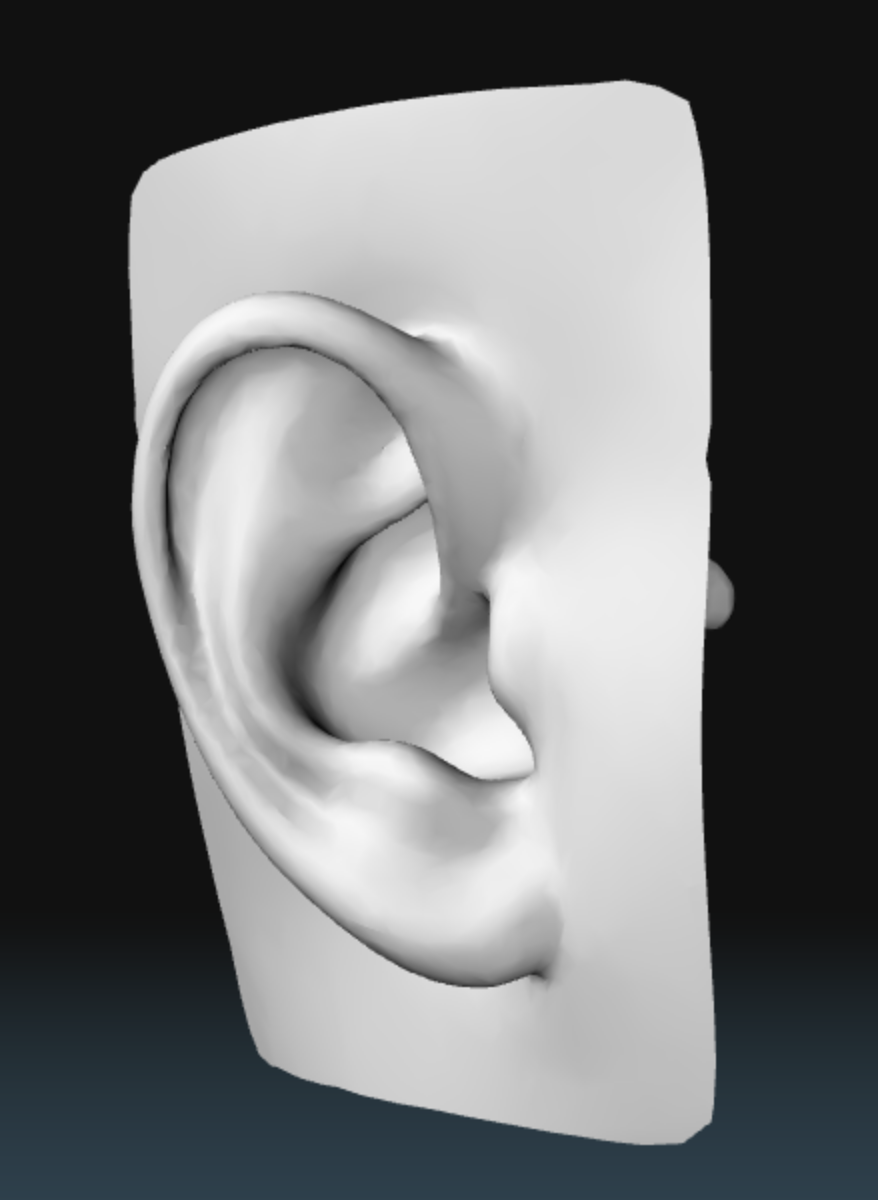 |
Update: New statistical ear shape model A new statistical shape model to represent highly detailed ear shape variability is now available. The model was developed based on CT image data of 224 people and ended up a statistical shape model capable of highly expressive representation of a wide range of ear size, shape, and location. To our knowledge, this study developed the largest and highest-resolution database of human ear geometry, the first to be measured in head-centered coordinates, and the first to include the geometry of the canal to the ear drum. |
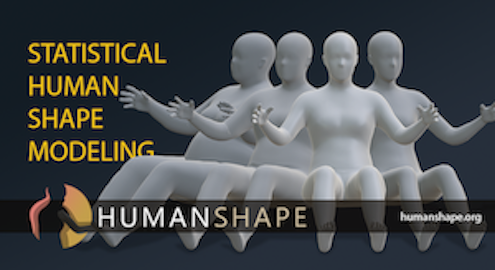 |
Update: Commercial License Options - Feburary, 2023 We are offering licenses for commercial use of the models. We offer 3 licensing tiers for the body shape models. Please contact us for more information |
| |
Update: Visualization Options - October, 2020 We have added options to control visualization of the models. The background and model colors can be changed via menu items "Set Background Color" and "Set Model Color". Also, we have added a toggle to turn on/off the wireframe mode of the models. |
 |
Update: Added Parameters for Head Shape Model - September, 2020 Two more parameters were added to the head model for more detailed head and face shape manipulation: "Bitragion Chin Arc" and "Tragion To Top". "Bitragion Chin Arc" is the surface distance between the right and left tragion across the anterior point of the chin, and "Tragion to Top" is the vertical distance between the right tragion landmark on the cartilaginous flap in front of the earhole and the horizontal plane tangent to the top of the head. |
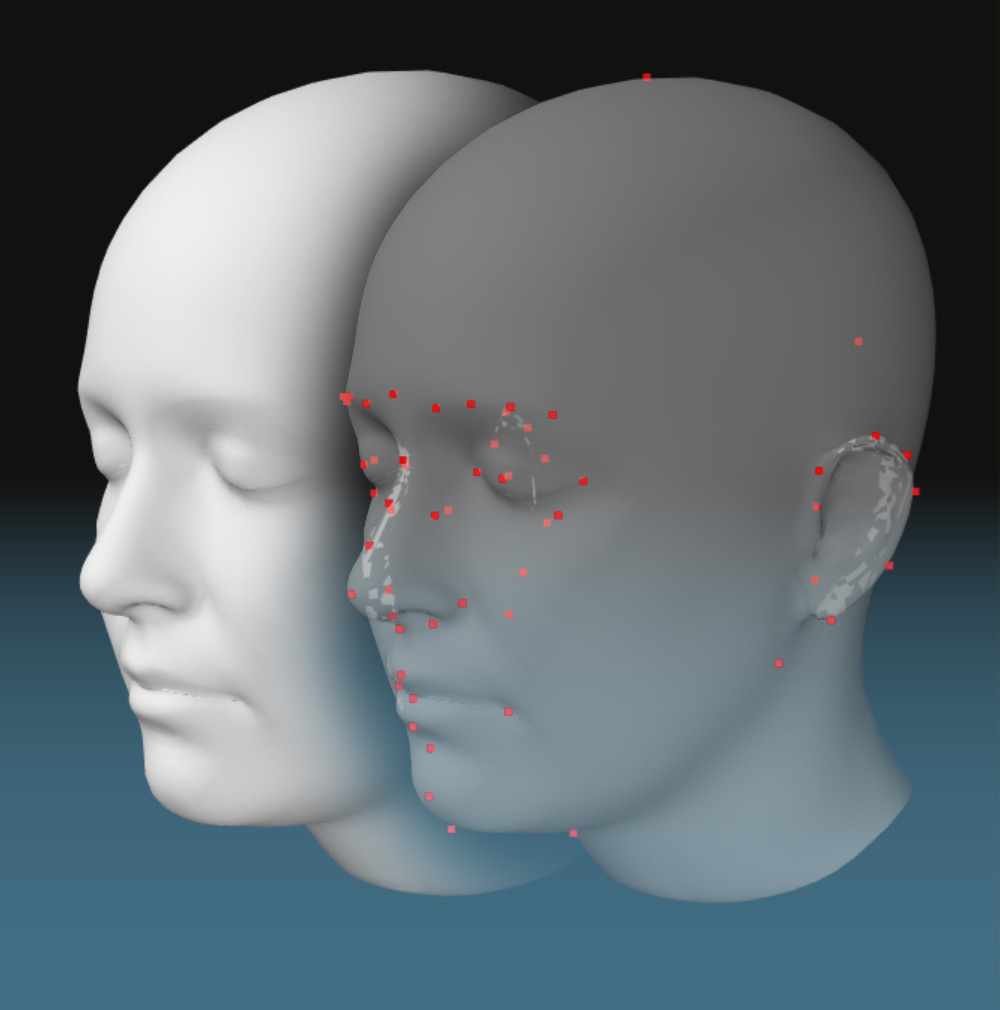 |
Update: Adult Head Shape model - August, 2020 Modeling the shape of the scalp and face is essential for the design of protective helmets and other head-borne equipment. However, head anthropometry studies using optical scanning rarely capture scalp shape because of hair interference. Data on scalp shape is available from bald men, but female data are generally not available. To address this issue, scalp shape was digitized in an ethnically diverse sample of 100 adult women, age 18-59, under a protocol that included whole head surface scanning and scalp measurement using a three-dimensional (3D) coordinate digitizer. A combined male and female sample was created by adding 3D surface scans of a similarly diverse sample of 80 bald men. |
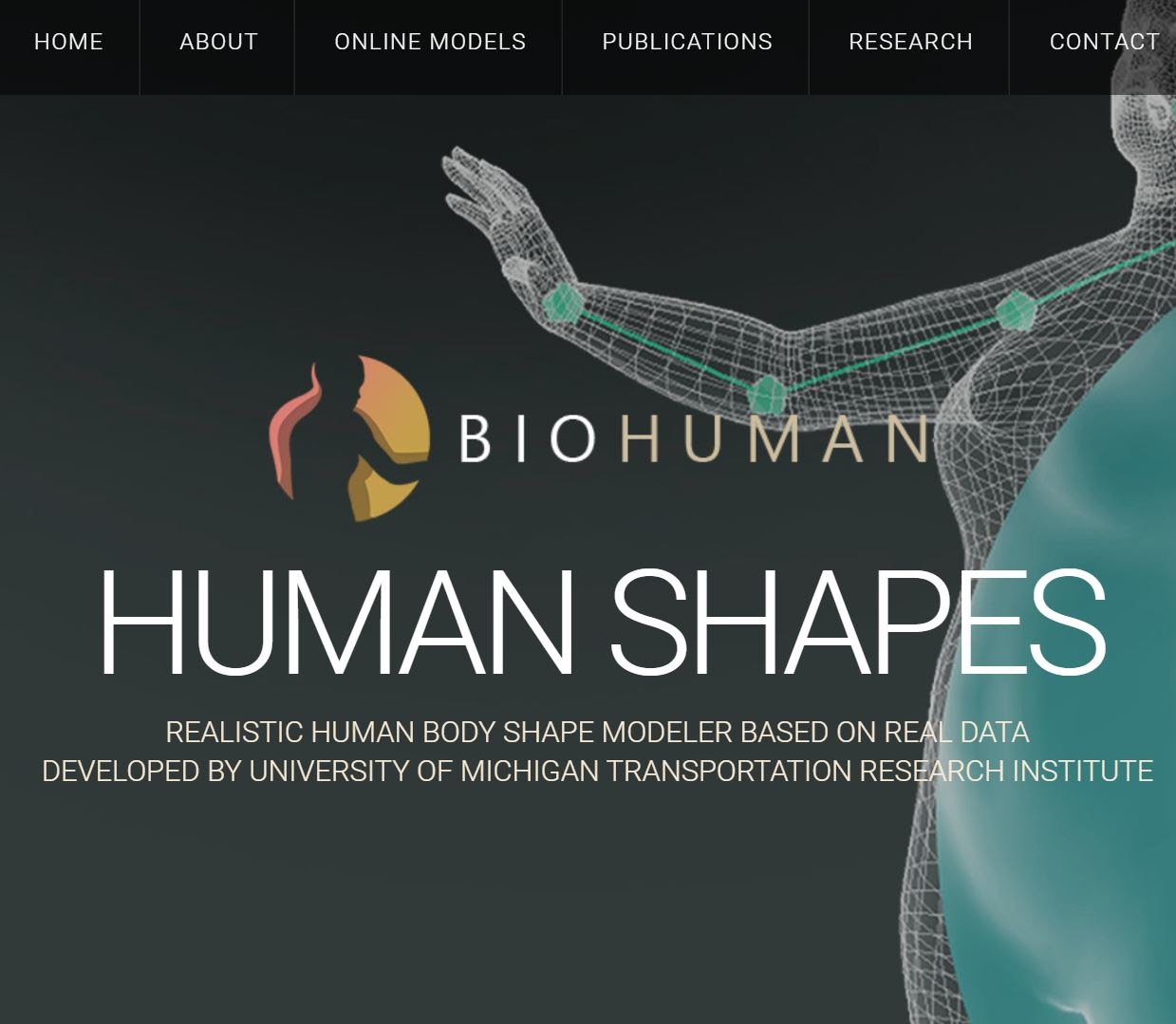 |
New Web Design Applied - July, 2020 Our HumanShape™ HumanShape website has been updated to provide more detailed information about the model development methods. Also, user interfaces of the models have been updated for more intuitive and consistent experience across all the models. |
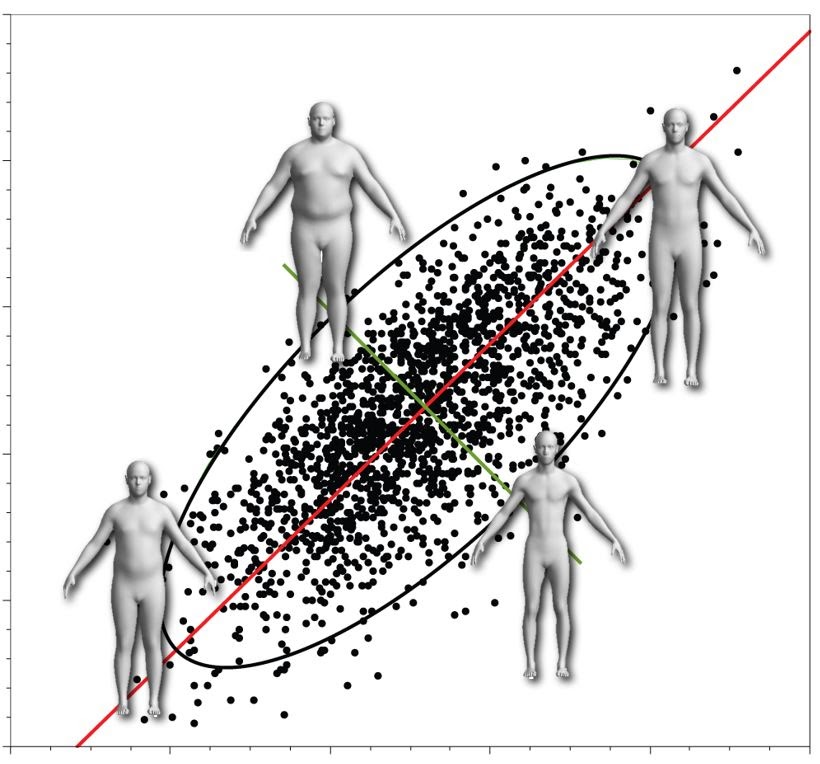 |
New Feature: Random Model Generation - July, 2020 All of our online models now feature new ways of generating manikins within the anthropometric space of the models - random generation. The random model is created by input parameters randomly chosen in the anthropometric ranges of the source population. In the menu for each item, a new button "RandomModel" has been added for using the new feature. |
 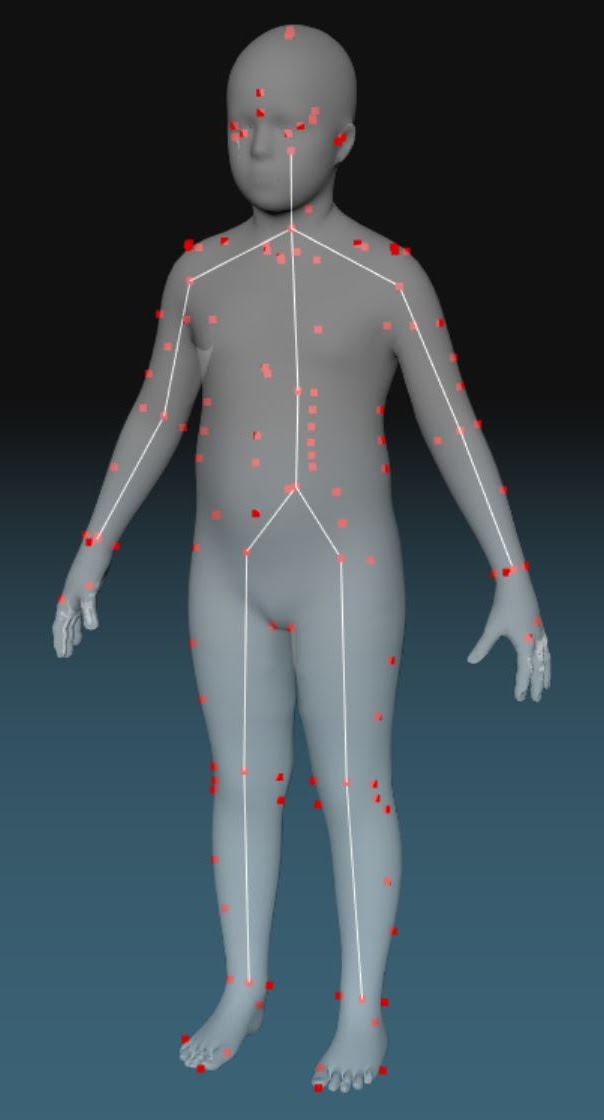 |
Update: New standing child model - June, 2020 The standing child shape model has been updated based on body shape data newly fitted using the HumanShape™ baseline model. Now, the model has an identical mesh structure with the other body shape models and better geometry for the face, hands, and feet. Users who have been using adult models can now apply the same system or algorithms to the child manikins. The anthropometric values and landmark and joint set predictions remained the same as before. The seated child model will be updated with the same mesh structure soon. |
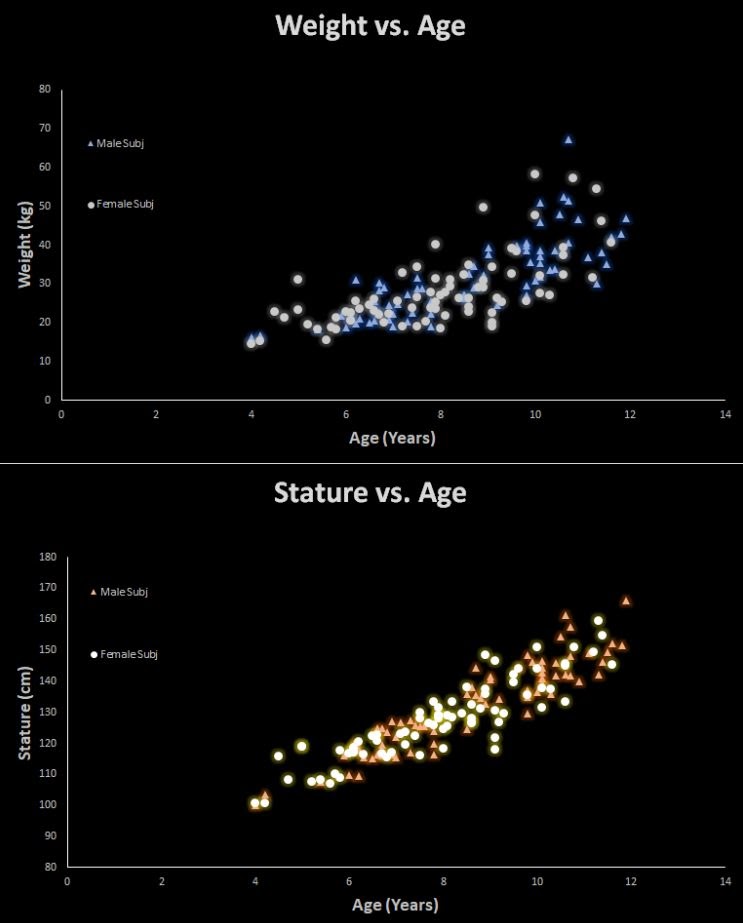 |
Update: Research Page Added - June, 2020 We have added Research section to provide more information about our models, including statistical analysis procedure, subject population, modeling methodologies, and related publication. Also, various applications and ongoing projects conducted at UMTRI are introduced in this section to stimulate your ideas about how to utilize the models more. |
Copyright © 2020 The Regents of the University of Michigan
